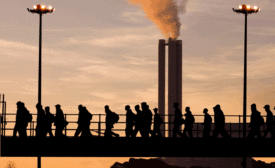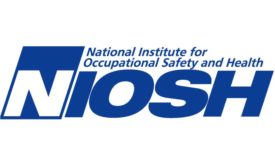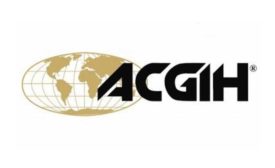Home » fatigue
Articles Tagged with ''fatigue''
NSC survey: 90% of employers are negatively impacted by tired employees
Waking up to a hidden workplace hazard can improve employers’ bottom lines and employees’ wellbeing
June 13, 2018
A NIOSH Science Blog post
Make one change for safety this National Safety Month
June 12, 2018
Become a Leader in Safety Culture
Build your knowledge with ISHN, covering key safety, health and industrial hygiene news, products, and trends.
JOIN TODAYCopyright ©2025. All Rights Reserved BNP Media.
Design, CMS, Hosting & Web Development :: ePublishing








